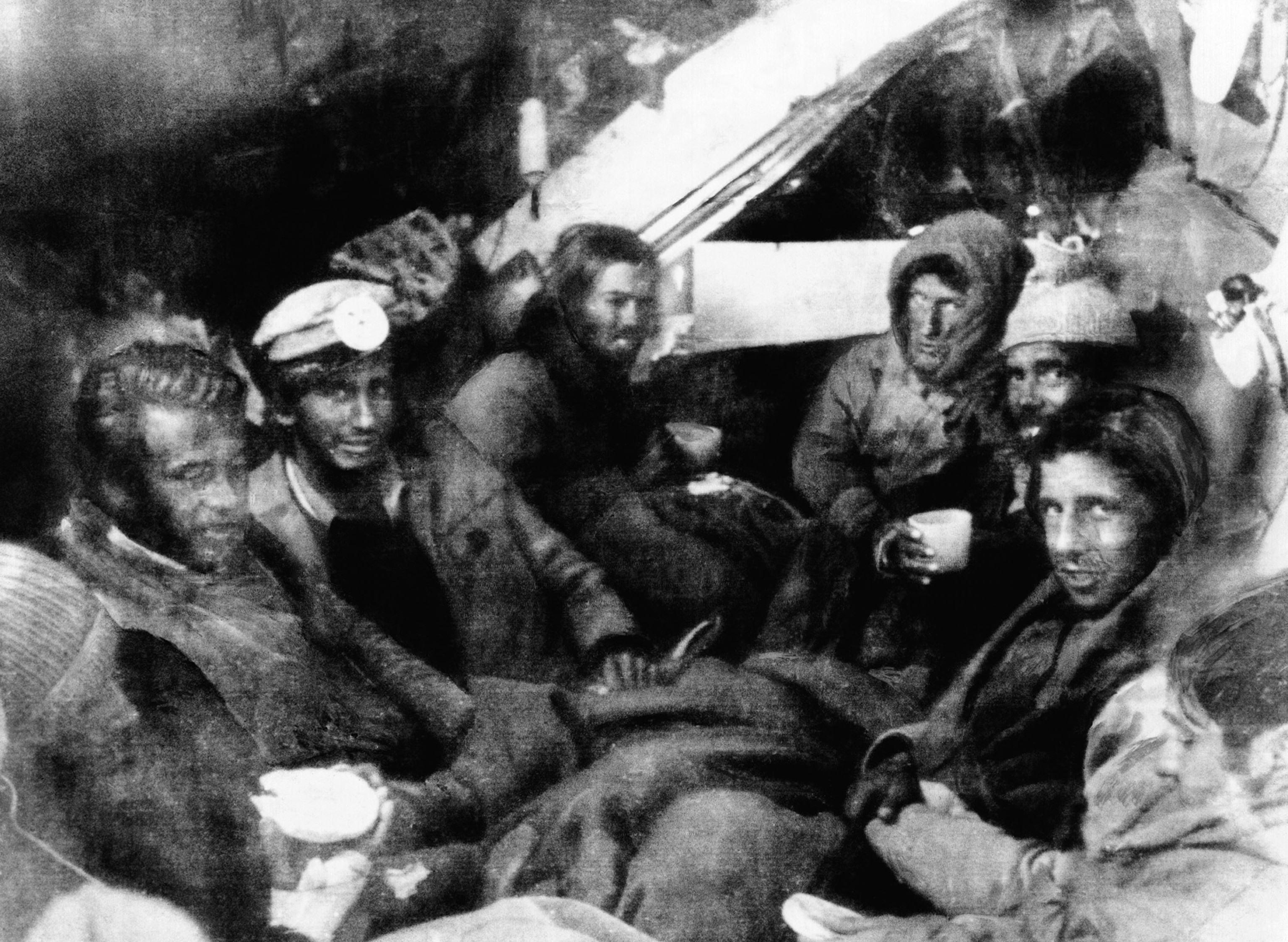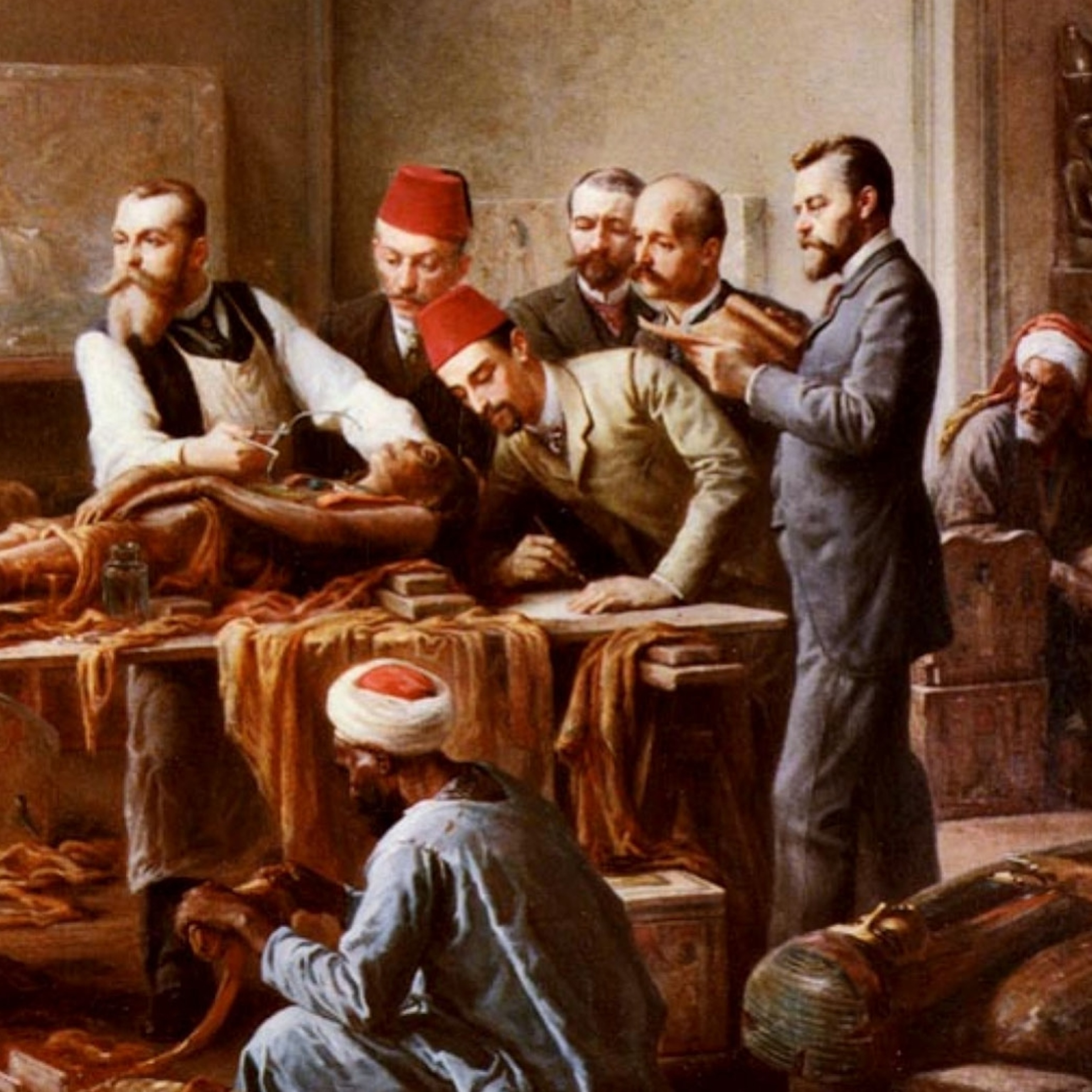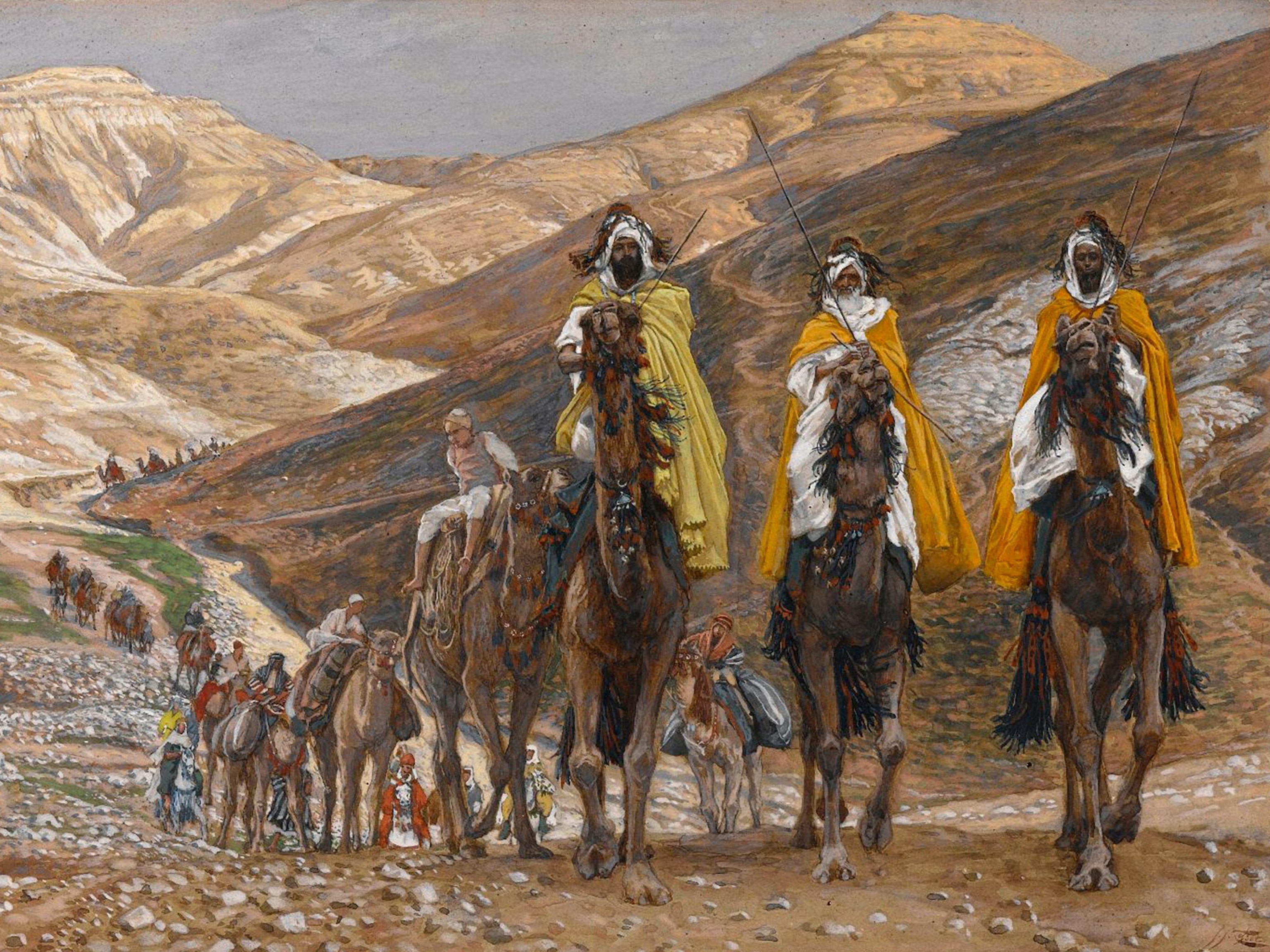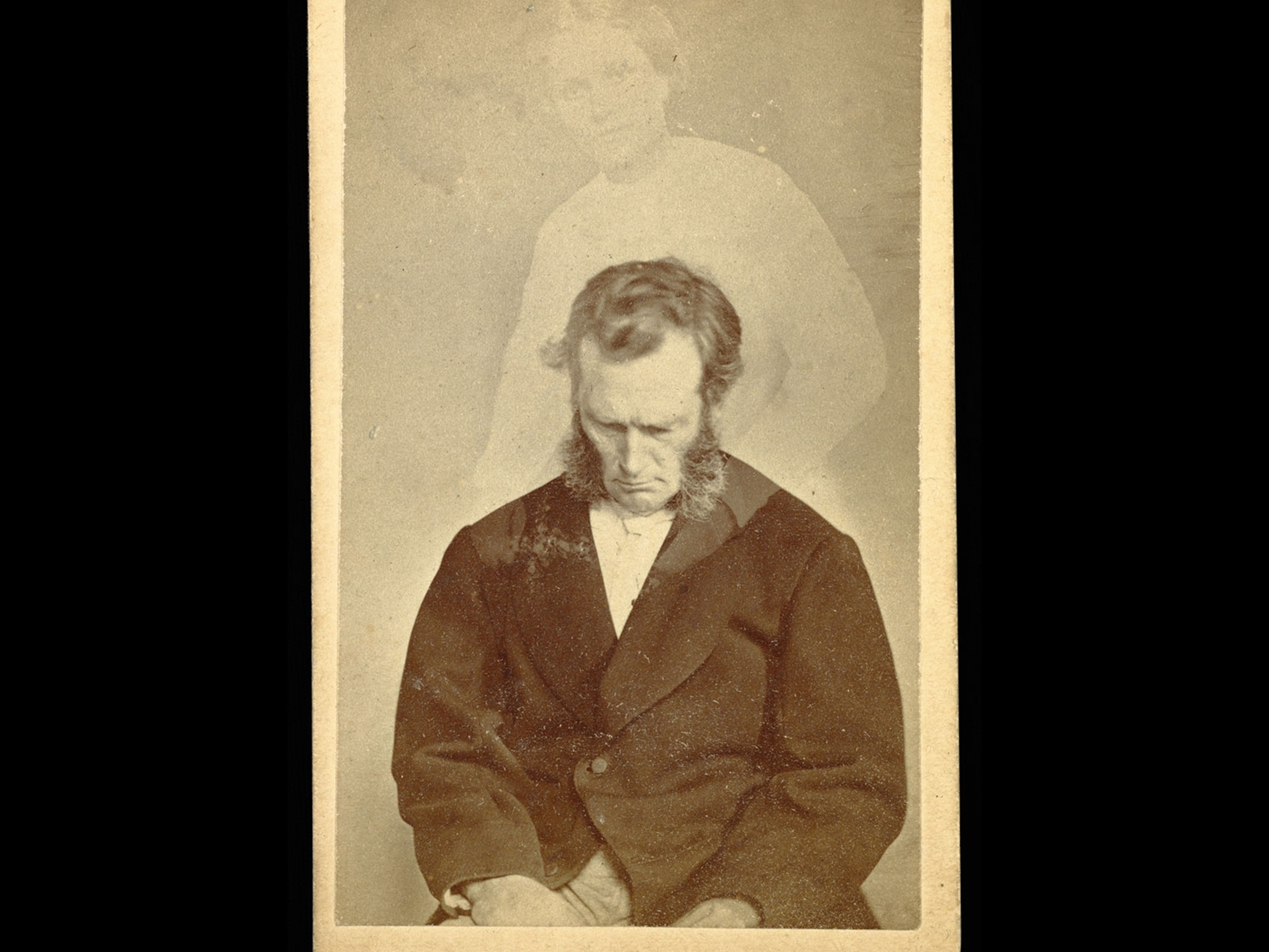
He survived the 1972 Andes plane crash. Now, he lives to help others.
A rugby team from Uruguay faced stark choices when the plane carrying them to a match in Chile crashed in the mountains. Roberto Canessa survived, and shares his inspiring story.
Remember the TV series Lost? About the plane that crashes on a desert island? Well, this is the real thing. Except the island was the Andes mountains, and the “lost” were a group of boys who would face a dilemma too shocking, and too real, for prime time—whether to die a slow, excruciating death or eat the frozen bodies of their dead friends.
This was the stark choice facing a rugby team from Uruguay, and some of their friends and family, when the plane carrying them to a match in Chile crashed on October 13, 1972, in what was fittingly known as The Valley of Tears. Their story would amaze—and disturb—the world and become the basis for a best-selling book and the movie, Alive.

Roberto Canessa was a 19-year-old medical student when the plane went down. In the intervening years, he became one of Uruguay’s best-known pediatric cardiologists. But the lessons he learned on the mountain never left him. His new book, I Had To Survive: How a Plane Crash in The Andes Inspired My Calling to Save Lives, tells the story of a young man who survived impossible odds—and went on to devote his life to giving hope to others.
Talking from Philadelphia, during his book tour, he explains how the joy of living was the key to overcoming death, how he coped with the shocking dilemma he faced on the mountain, and why we should all be more grateful for what we have.
You were 19 when the plane carrying you and your rugby team crashed high in the Andes. Put us inside that moment.
It was a very abrupt moment. We had rented an air force plane to go from Uruguay to Chile. We were trying to cross the Andes when the pilot said, “Fasten your seatbelts, we are going to enter some turbulence.” Rugby players like to fool around and play macho. So we were throwing around rugby balls and singing a song, “Conga, conga, conga: the plane is dancing conga.” The next thing, someone looked out the window and said, “Aren’t we flying too close to the mountains?!”
The pilot had made a huge mistake: He’d turned north and begun the descent to Santiago while the aircraft was still in the high Andes. He began to climb, until the plane was nearly vertical and it began to stall and shake. Then we smashed into the side of the mountain. I was thrown forward with tremendous force and received a powerful blow to my head. I thought, “You’re dead.” I grabbed my seat and recited a Hail Mary. Someone cried out, “Please God, help me, help me!” It was the worst nightmare you can imagine. Another boy was screaming, “I’m blind!” When he moved his head I could see his brain—and a piece of metal sticking out of his stomach.
There have been other books, and the movie Alive, about this event. What made you want to write another book?

I encouraged everyone to write his own book because they are 16 different stories of survival. Personally, I believe this was a kind of experiment by a malicious hand that decided to throw onto the mountain a group of young rugby players. University students with education and a belief in God—ideal guinea pigs for an experiment in human behavior. Who survived? It wasn’t the smartest, most intelligent ones. The ones who survived were those who most felt the joy of living. That gave them a reason to survive.
Why do you think you survived?
Because I was lucky. And because I always go step by step. I didn’t look at the mountain. There was always something to do, and I am very active. I also wasn’t seriously injured. I nearly gave up when the avalanche struck us. But then one of the other boys said, “Roberto, how lucky you are that you can walk for all of us.” That was like a heroic infusion into my heart. He had broken legs—but I could walk. My mission was not to just think what was better for me, but what was better for the group.
You used many ingenious methods to survive, like melting snow using a sheet of aluminum from the back part of one of the seats. Talk about some of the other things you did.
We needed blankets, so we skinned the seats of the plane, which contained a wool fabric. We put all the suitcases at the back of the fuselage to keep out the weather. We made sunglasses from the plastic screen in the pilot’s cabin. We used the bottom of the seats for snowshoes and built hammocks for the people with broken legs.
Everyone had a role, and because I was a medical student, I was in charge of the injured persons. I had to drain infections from the boys’ legs and stabilize fractures. I was also in charge of carting the dead bodies, which some people couldn’t stand. We melted snow to get water. We filled our rugby socks with meat for the trek out and used the insulation from the kitchen to make sleeping bags. At night, we used rugby balls to pee in because if you went outside your pee would freeze. [Laughs] You get very smart when you are dying.

You also practiced cannibalism. Talk us through your feelings at the time—and why you call it “a generous death.”
Cannibalism is when you kill someone, so technically this is what is known as anthropophagy. I’ve had these discussions for 40 years. I don’t care. We had to eat these dead bodies, and that was it. The flesh had protein and fat, which we needed, like cow meat. I was also used to medical procedures so it was easier for me to make the first cut. The decision to accept it intellectually is only one step, though. The next step is to actually do it. And that was very tough. Your mouth doesn’t want to open because you feel so miserable and sad about what you have to do.
My main issue was that I was invading the privacy of my friends: raping their dignity by invading their bodies. But then I thought, if I were killed I would feel proud that my body could be used for others to survive. I feel that I shared a piece of my friends not only materially but spiritually because their will to live was transmitted to us through their flesh. We made a pact that, if we died, we would be happy to put our bodies to the service of the rest of the team.

People often say, “Oh, you survived because you ate people.” But for me, that was not the toughest part. I think we survived because we were a team and because we managed to walk out of the mountains. The night after the avalanche—when we could hear the mountain moving and were terrified of being buried in the snow—was tougher than the torment of eating human flesh.
As your friends succumbed, you and two friends decide to hike out of the area to try and find help. Talk about that journey and the epiphany you had on the sixth day.
Three of us hiked out: Nando Parrado, Antonio "Tintin" Vizintin, and me. I didn’t know it at the time, but as we walked my father was in a plane overhead, searching for us. When we got to the top, we realized we were much further from safety than we thought, so we decided to send Tintin back down to the plane to tell them we had headed south, and so our food supplies would last longer between the two of us. We were at 15,000 feet, and the temperature was 10 below zero.
There were two moments that were turning points for me. One night, the moon came out, so close I felt I could touch it. It was like a mirror and I saw my grandmother when I was very young. Then, on day six, the snow stopped and I could see all this water and grass. It was like going to a five star hotel. We could drink as much water as we wanted. A lizard was looking at me. I thought it was sending a warning, “What are you doing here? Why aren’t you dead?”

I had survived! I was back to life! It was a very important moment in the ordeal.
You still stay in touch with the other survivors. Talk about your reunions and the feelings you have for each other.
When we got back to Uruguay one of the things I wanted to do was visit the parents of the ones that did not make it out. I felt it was my duty to tell them what happened. I didn’t expect them to understand or judge me because in a way they had given up the search and considered us dead. They didn’t care about using the bodies of their sons for food. They cared about life. We brought them letters containing the last thoughts of our friends, and I wanted to make clear that the support of our friends that died was very important for us.
We try and get together every December 22, the day of the rescue; and every year, there is a rugby match in Chile in honor of the one that was cancelled. My children went to school with the nieces and nephews of those that died, and I think this was a very good healing process. Much better than going to psychiatrists. [Laughs] We felt proud that we managed to heal by ourselves. We didn’t kill anyone. It was something we endured and had to live through.
At its simplest, survival on the mountain meant keeping your hearts beating. Talk about how your work as a pediatric cardiologist connects with the plane crash.
When I see a baby in a mother’s womb, with half of its heart missing, looking through the window of the ultrasound machine is like seeing the moon through the window of the plane that night. But now I can be the shepherd who can make this child survive. It’s my revenge on death. I tell the mother, “You have a big mountain to climb. I was there before. I know how you feel. But the joy and happiness that awaits you on the other side is spectacular!” This book is a manual of adversity dedicated to people that suffer—and don’t think that there’s light at the end of the tunnel.

What is the single most important lesson you learned on the mountain?
That if you have sleep, water to drink, and decent food, you are lucky. Don’t wait for your plane to crash to realize how lucky you are. Be more grateful for life. You can wait for the helicopter, but don’t wait too long.
In life there is a moment to wait and see what happens, but there is also a moment to get active. Walk out and search for your own helicopter, otherwise you will succumb. Don’t be seduced by your own ego and think you’re better than other people, because that’s the beginning of being unsuccessful. Every day, try to do something positive, so that when you put your head on the pillow you can ask yourself if you are a good person or not. The next day, try to do better. Every day, when I look at myself in the mirror, I thank God the same old jerk is still staring back at me. [Laughs]
This interview was edited for length and clarity.
Simon Worrall curates Book Talk. Follow him on Twitter or at simonworrallauthor.com.








